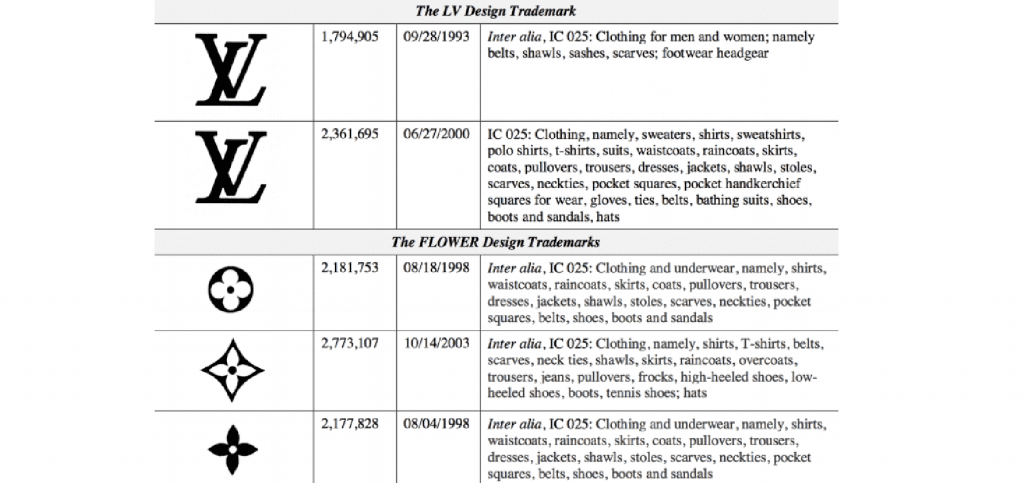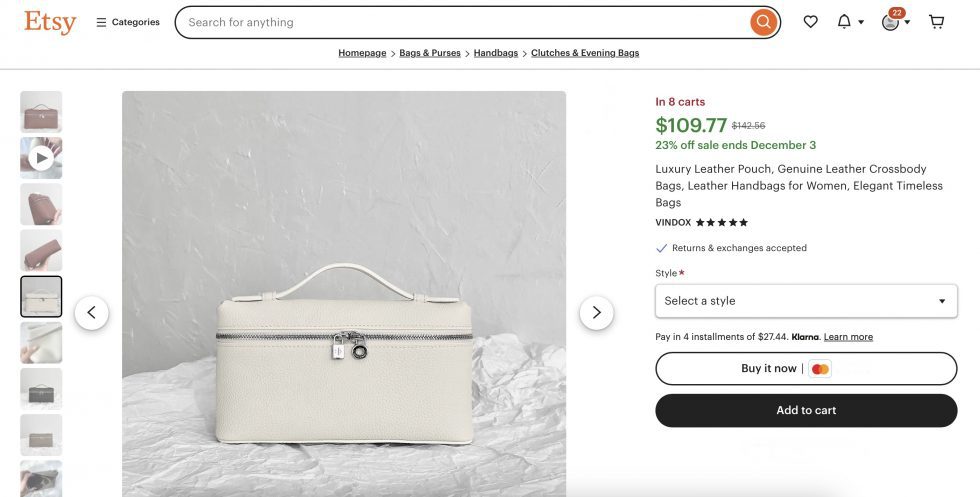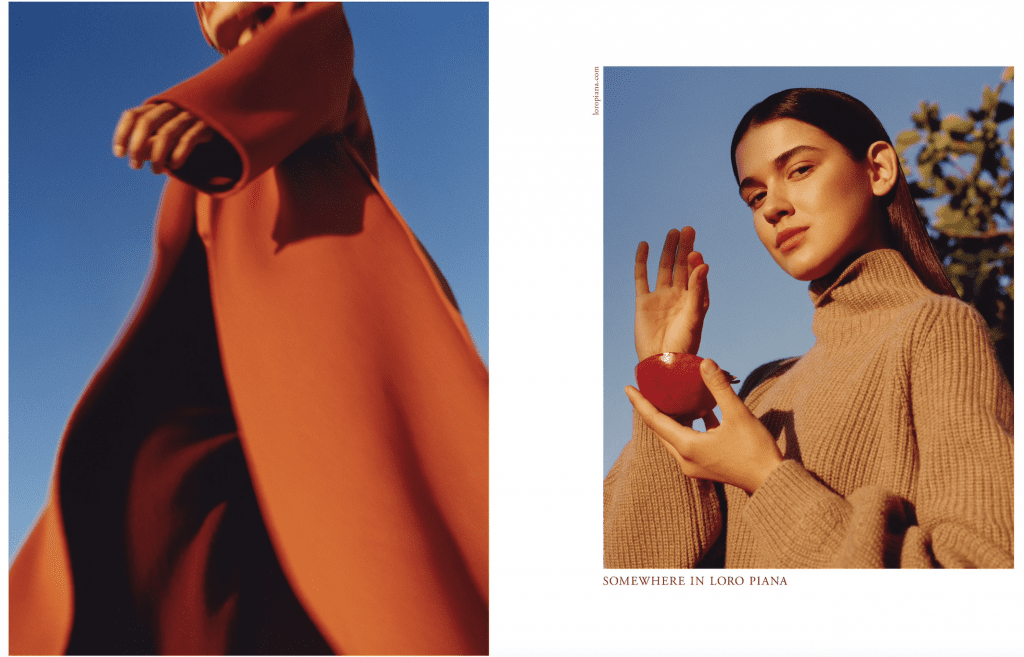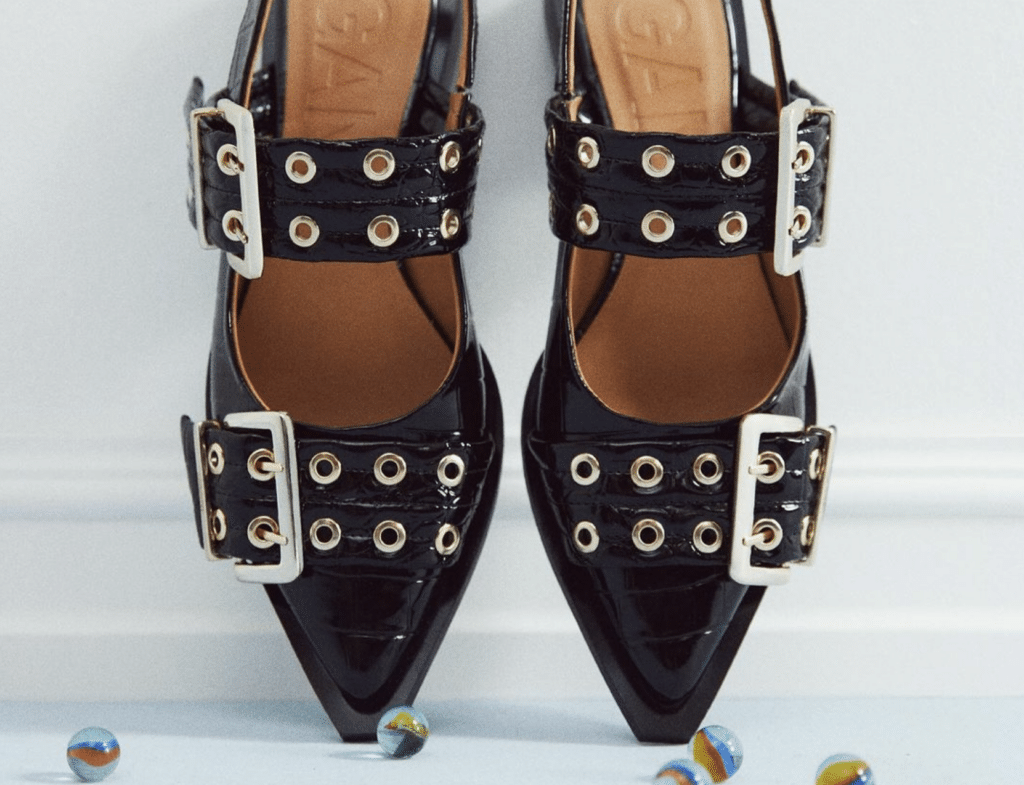Quiet luxury brands are not immune to the trademark infringement being felt by the purveyors of more logo-heavy wares. A quick scan of the market reveals that the likes of Loro Piana, with its popular Extra Pocket bags and Open Walk shoes, The Row, Hermès, and the makers of other “stealth wealth” staples are being knocked off in much the same way as the companies behind far-more-boldly-branded luxury goods. The rise in demand for garments and accessories that embody the 2023 mega-trend of quiet luxury paired with the enduring embrace of “dupes” (as knockoffs, infringements, and counterfeits goods have all come to be known) puts companies in the luxury market in an interesting position.
In theory, the companies in the business of selling less-overtly-branded wares should have a much more difficult time making successful cases of trademark counterfeiting and infringement, and related claims by virtue of the fact that brazenly-displayed word marks and logos are not the driving feature of their products. When a patterned Louis Vuitton Neverfull bag, for instance, is closely replicated by a sophisticated counterfeiter, not only are the dimensions and materials of the copycat bag the same, but more immediately, Louis Vuitton’s well-known Toile Monogram pattern can be instantly identified.
Faced with such a counterfeit bag, Louis Vuitton has an array of trademarks upon which it can rely to seek legal recourse. The Toile Monogram, alone, consists of at least a handful of different trademarks – from each of the distinct flower motifs and little LV logo to the entirety of the monogram, itself. The luxury goods giant maintains rights and has registrations for each of these elements, and thus, can make a number of individual trademark claims.

On the other hand, when handbags and other wares are largely devoid of distinctive elements like Louis Vuitton’s Toile Monogram or Damier motifs, Gucci’s recurring “GG” print or commonly-used horsebit logo, Goyard’s Goyardine canvas pattern, etc., companies generally have fewer things upon which they can base their trademark claims. However, this does not mean that they are out of luck. One need not look further than the trademark filings of the brands at the forefront of the quiet luxury revolution and some corresponding trademark lawsuits that have been waged by them for some insight into how these companies are building portfolios of their source-indicating assets and enforcing those rights.
What a Quiet Luxury Trademark Looks Like
Hermès comes to mind here, as the Birkin-bag maker filed one of the most interesting cases in fashion/luxury in recent memory when it waged trademark claims against Mason Rothschild in January 2022. That case is, on its face at least, about the reach of trademark rights from the “real world” into web3. However, it also squarely centers on the company’s rights in the design of its Birkin bag, which is devoid of bold branding but nonetheless, contains various elements that function as trademarks. While the configuration of the Birkin bag as a whole is the most prominent, isolated portions of the bag, such as the “three lobed flap design with keyhole shaped notches to fit around the base of the handle,” also likely serve to indicate source, as well.
In addition to maintaining rights in and registrations for the configurations of its Birkin, Kelly, and Trim 24 bags, among others, Hermès boasts registrations for specific parts of its bags, such as the flat portion of the Kelly bag (i.e., “rectangular straps which fit over the flap of the handbag, and whose ends are joined with rectangular hardware which includes a turn-lock and a padlock”); the details of its padlock hardware (“a square with a stylized letter ‘H’ formed by two sets of three vertical bands and one set of three horizontal bands, with a curved band across the top of the mark”); the button that is prominently placed on its Herbags (both with and without the “Hermès Paris” wording); and the famed Touret clasp.
At the same time, companies like Loro Piana have been building up trademark rights in an array of product configurations and/or elements of their products. In LVMH-owned Loro Piana’s case, this mans the design of its Open Walk shoes, the hardware that appears on its Extra Pocket pouches, footwear, etc. In terms of the latter, Loro Piana, which has surged in popularity amid the boom in demand for largely logo-less garments and accessories, has trademark rights in the LP engraved padlock-inspired charm that adorns its Extra Pocket pouches, among other things, as well as the round charm that is stamped with the Loro Piana word mark.

In addition to amassing trademark registrations for these product features, Loro Piana is also actively enforcing its rights in the design of its $1,000-plus Open Walk chukka boots by way of litigation. Most recently, Loro Piana was handed a win by a court in Turin, Italy, which sided with the company in a trademark case centering on the design of the shoes, namely, the white rubber sole. In an order issued in October, the Tribunale delle Imprese di Torino blocked a third-party footwear brand’s manufacture, marketing, and sale of lookalike shoes – which reproduce the “overall shape and main distinctive and characterizing elements” of Loro Piana’s Open Walks – in an apparent nod to Loro Piana’s rights in the popular footwear.
“The court’s recognition [of the] protectability of the trademark consisting of the shape of Loro Piana’s iconic Open Walk shoe represents a milestone of fundamental importance in the context of the enforcement program implemented by Loro Piana … against those who try to exploit the iconicity of said footwear, which represents one of the symbolic products of the maison,” lawyer Gabriele Cuonzo, who represented Loro Piana in the matter, said in a statement.
Against this background, companies in this segment of the market are expected to continue to amass rights in various aspects of their products no matter how “quiet” they are, and to crack down on copycat products by way of trade dress-centric actions, as well as those that are built on the infringement of product hardware marks.











